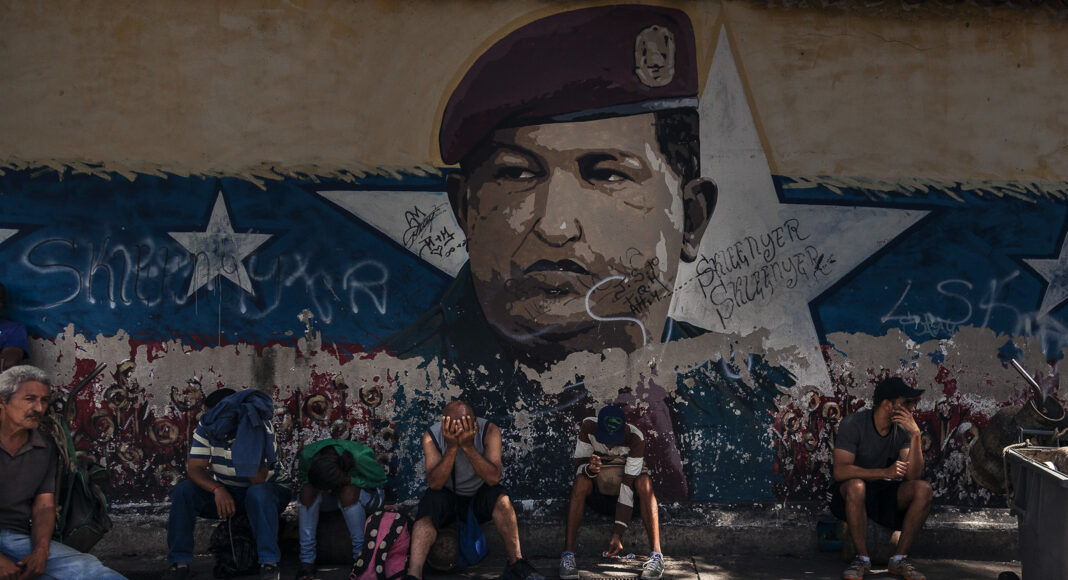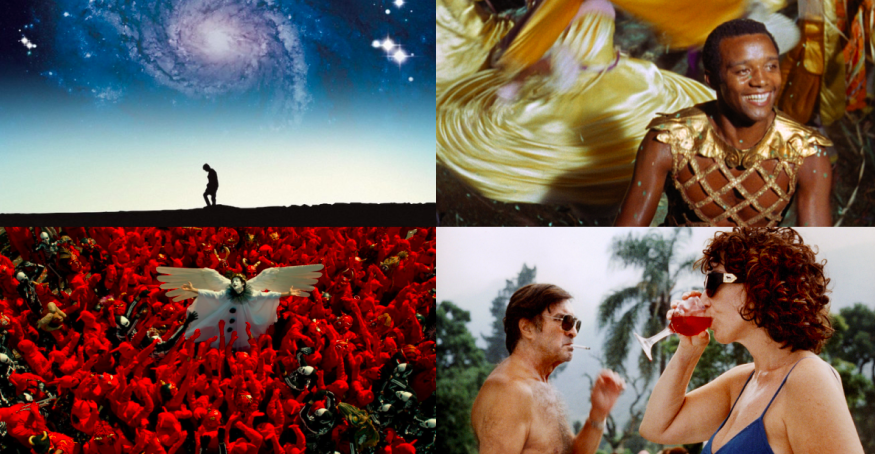Adriana Loureiro Fernández is a Venezuelan photojournalist documenting everyday life in her home country. Here, Ines Fernandez-Pontes offers a profile of the photojournalist and a deeper dive into her photographic series Paraíso Perdido.
How do you convey horror? For more than a decade, Caracas-born photojournalist Adriana Loureiro Fernández has used photography to articulate the harsh reality in her home country, Venezuela. Loureiro is one of the few female photojournalists working in Venezuela today. Her work focuses on human rights issues and has been published worldwide in international newspapers such as The New York Times, Die Spiegel, Los Angeles Times, and Bloomberg. In 2011, she began to photograph her daily life. Looking over her photographs of the last decade, it’s clear that Loureiro’s body of work forms a visual chronicle of the Latin American country’s recent history.
Venezuela is one of the most dangerous countries in the world, with 40.9 per 100,000 people assassinated annually. Eight million people, out of a population of 28 million have fled the country and 19.7 million are in need of humanitarian aid of some sort, as documented by non-profit organization HumVenezuela in 2022.
Loureiro explains on her website: ‘Paradise Lost started in 2012, documenting the rise of violence in Venezuela. It has now become a photographic journal of a country that is free-falling into chaos. It is an ongoing personal project focusing on the complexities of the crisis and the grey areas that often get lost in the narratives. The nostalgia of living in a country that you call home but that you no longer recognize, except in intermittent flashes of beauty, that people desperately cling to as a way of feeling home again, of not feeling completely estranged.’
This is perhaps Loureiro’s most arduous and intimate work to date, which she describes as ‘an inside look at how it feels to watch your country die’. Providing a lexicon for chaos, Loureiro denounces major social issues affecting Venezuela in her photography: the contraceptive crisis and rapid rise of teenage pregnancies; hyperinflation and systematic lack of food, running water, electricity and medical aid in most of the country; and widespread criminality and impunity which has turned entire cities into de facto ‘war zones’.
Some of Loureiro’s published projects ‘Ghost town’ (Die Spiegel), ‘Contraceptive crisis in Venezuela’ (Causette), ‘Miss Venezuela’ (Republik), and ‘Wayuu refugee crisis’ (The New York Times) illustrate the contrasts between the tenacity and resilience of her subjects and the hopeless environment they live in.
For Adriana, photojournalists who document their own country’s decline are driven by a moral imperative in which inaction is not an option. She writes in her blog: ‘Watching your home fall apart cannot be counted or measured. It can only be shown’. The portraits in Paraíso Perdido are particularly powerful as they show those who could not or did not want to leave, those who are resilient in calling Venezuela their home and refusing to go into exile, as many millions have done over the years.
Zooming into the aesthetic aspect of her work, Loureiro’s photographs lack the crudity and brutality present in other photojournalists’ work. Her camerawork carefully seems to avoid extreme violence, harmed bodies, or morbidity. Rather, her photography acquires a subtle degree of intimacy, which delicately conveys beauty where at first there appeared to be none. Saturated colours and warm natural light imbue her images with an aura of calm and stillness as if she had frozen time at the exact moment when she found a second to pause and breathe.
From a sociological perspective, too, Loureiro’s approach might be more effective in raising awareness of the state of her country – which continues to be hotly debated by scholars – in that a constant exposure to images of horror could lead to audiences becoming numbed and even accustomed to violence. Desensitization is a risk in photojournalism yet Adriana uses her camera to create sensitive photographs that look towards love amidst a grim reality.
Repression, violence, financial sanctions, and economic decline have woven a chaos in which citizens are silenced, kidnapped, and imprisoned, demonstrations are crushed, and press freedom has been eradicated. In 2022, 62 journalists were killed and 217 were imprisoned. According to Reporters Without Borders, there are currently 547 journalists and media workers in Venezuelan prisons. Photographers such as Adriana are risking a lot to take these pictures. While many are forced to ‘self-censor’ in fear of repression, Adriana’s photography is political.
The collapse of the welfare state has led to an unimaginable situation. Despite this, Loureiro’s photos show that behind the chaos, Venezuela is a beautiful country where people are risking their lives to drive societal change, pushed by a feeling that maybe everything is not lost, and that in fact there still is a paradise hidden beneath the turmoil.
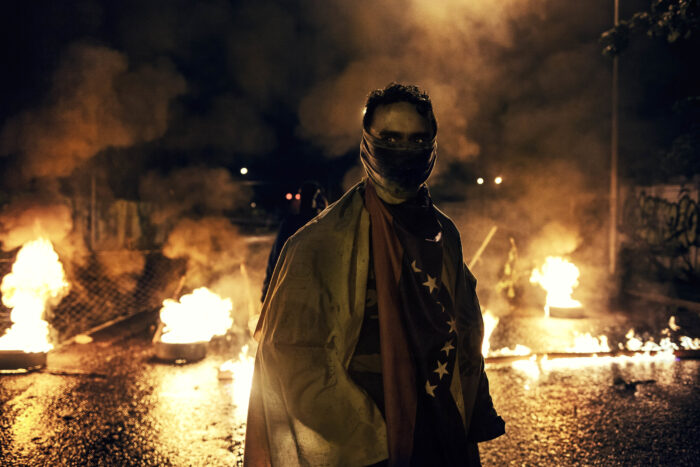
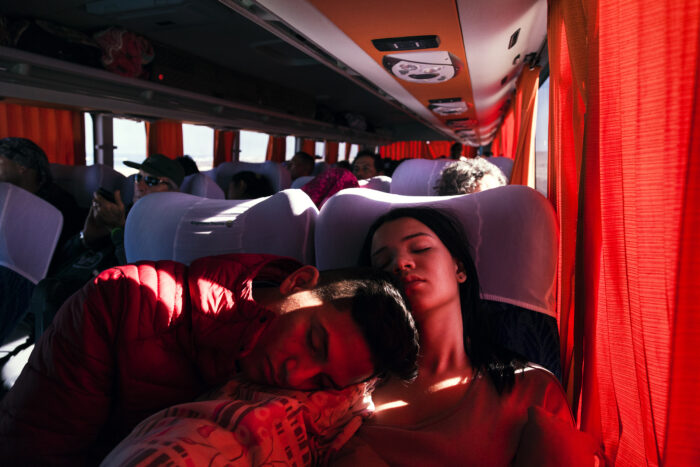
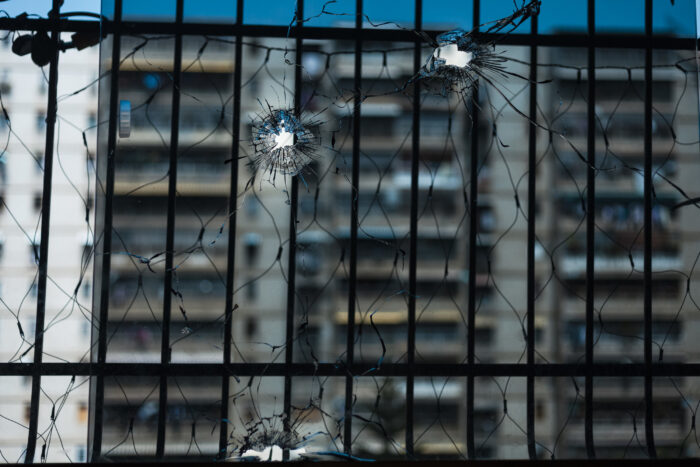
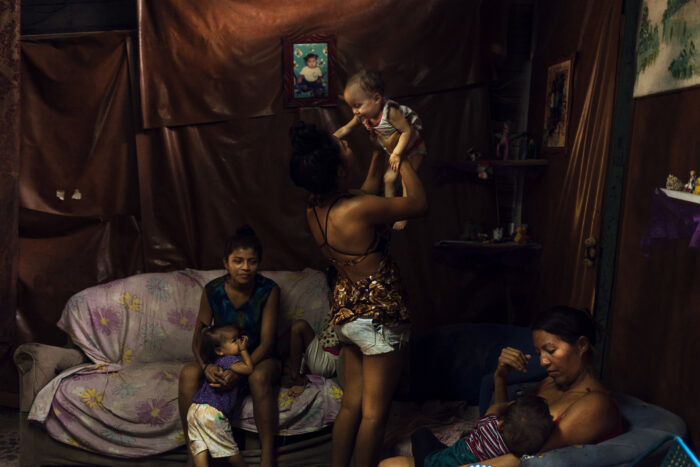
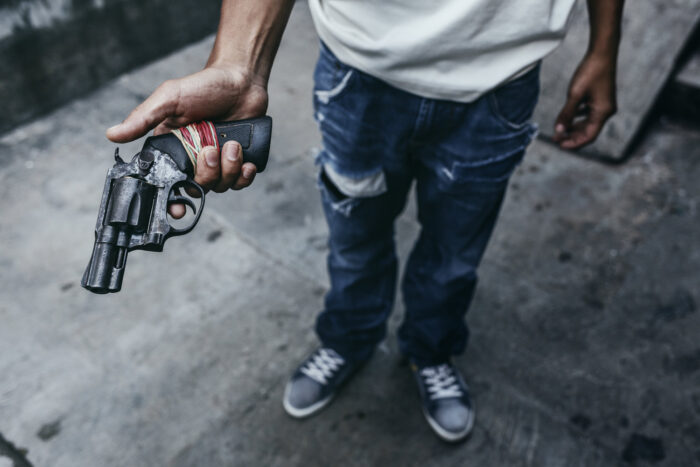
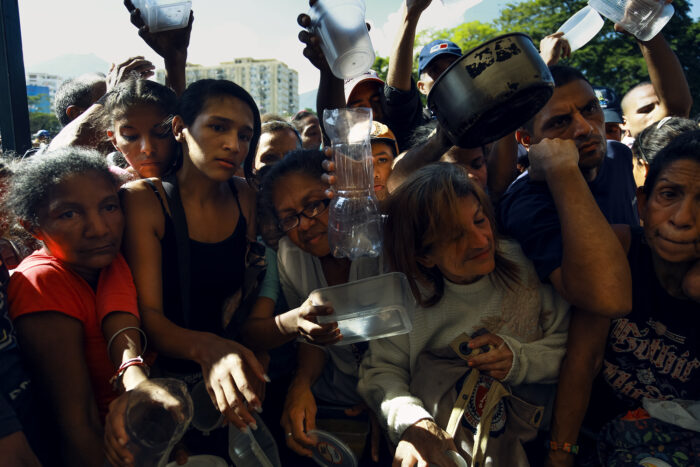
Loureiro’s Paraíso Perdido project has been awarded Ian Parry’s 2017 Highly Commended Award and the 2019 Remi Ochlik Award. Excerpts of the ongoing personal project have been featured in the New York Times (digital) and World Policy Journal (print). It has been partially exhibited at Photoville, New York (2016-2017). It was exhibited in Perpignan, at Visa Pour L’Image (2019), curated by Jean-Francois Leroy as well in London as part of World as Image (2018), and a collective exhibition curated by Rebecca McClelland.
Images and captions republished here are the intellectual property of their author Adriana Loureiro and taken from Adriana’s personal website. Head to her website to see more photographs and other series. Please contact the photographer for commissions and exhibitions.
Main image: Once a hallmark pro-Chavez voting station, photographed hundreds of times to showcase popular support for the Revolution, the iconic graffiti now weights heavy above dozens of people who queue waiting for domestic gas in Petare, Caracas. 13 September 2018. Photo: Adriana Loureiro

